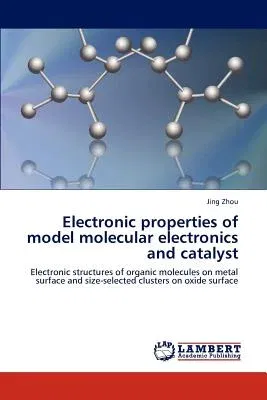Jing Zhou
(Author)Electronic properties of model molecular electronics and catalystPaperback, 23 July 2012

Qty
1
Turbo
Ships in 2 - 3 days
In Stock
Free Delivery
Cash on Delivery
15 Days
Free Returns
Secure Checkout
Print Length
172 pages
Language
English
Publisher
LAP Lambert Academic Publishing
Date Published
23 Jul 2012
ISBN-10
365917596X
ISBN-13
9783659175961
Description
Product Details
Author:
Book Format:
Paperback
Country of Origin:
US
Date Published:
23 July 2012
Dimensions:
22.86 x
15.24 x
1.02 cm
ISBN-10:
365917596X
ISBN-13:
9783659175961
Language:
English
Location:
Saarbrucken
Pages:
172
Publisher:
Weight:
258.55 gm

